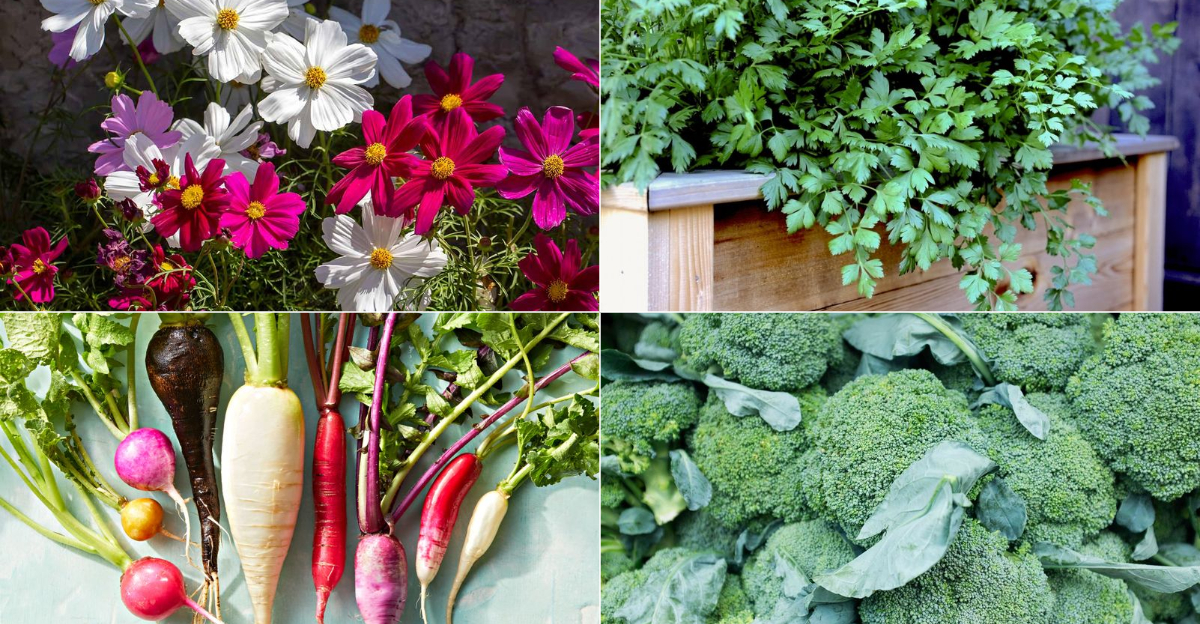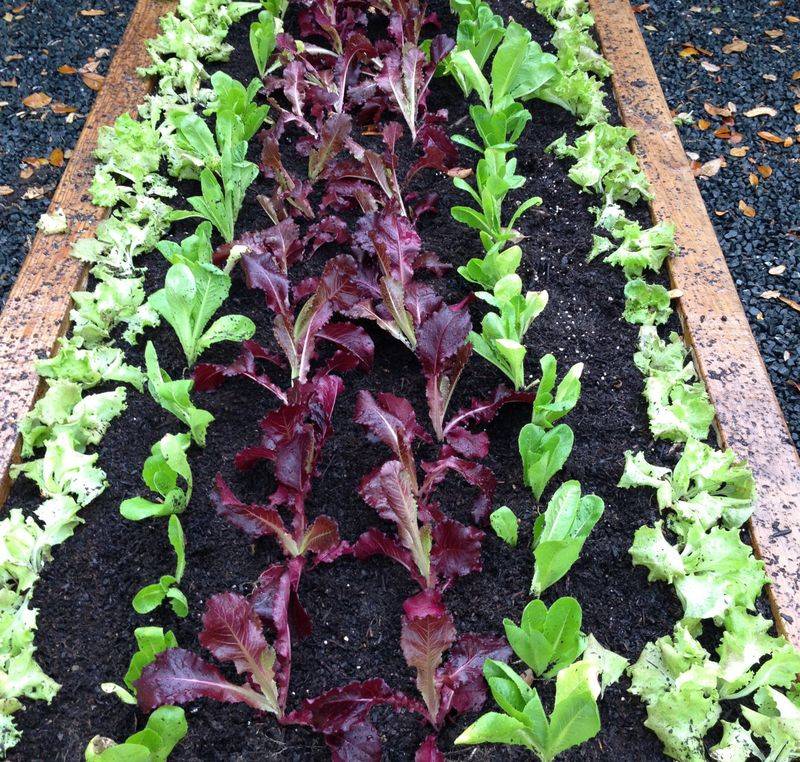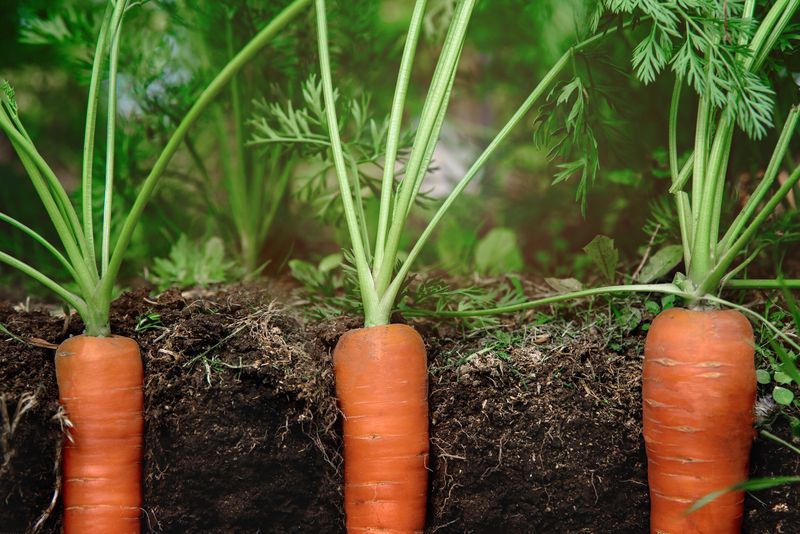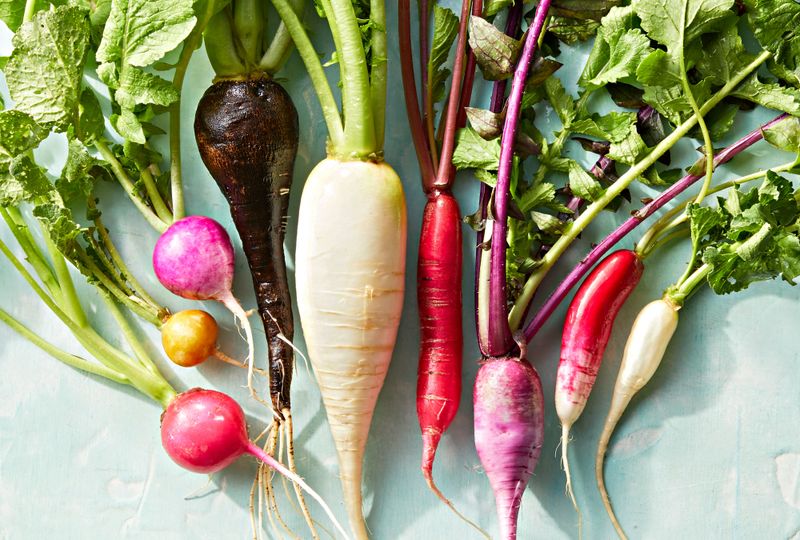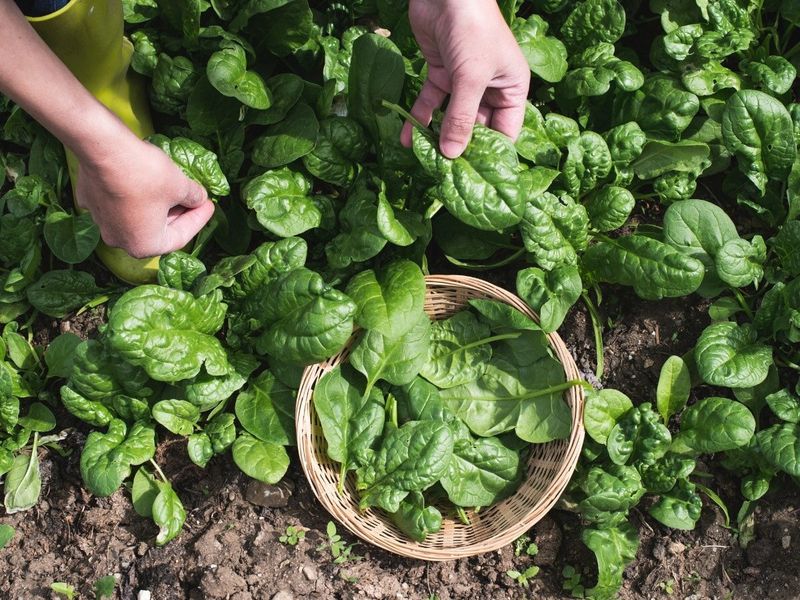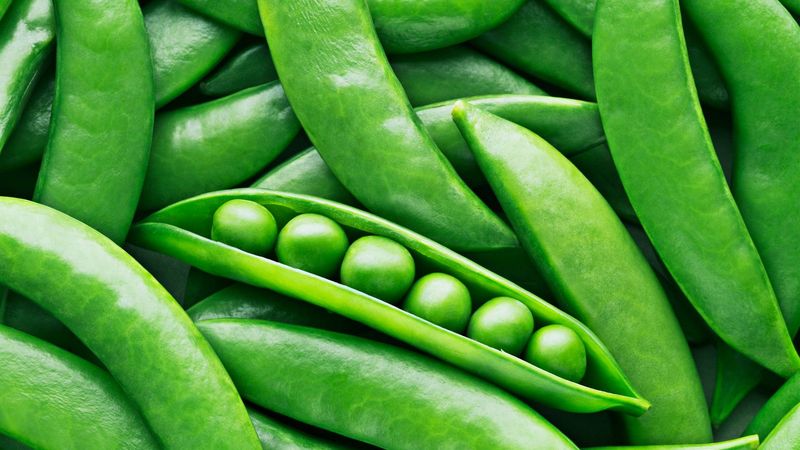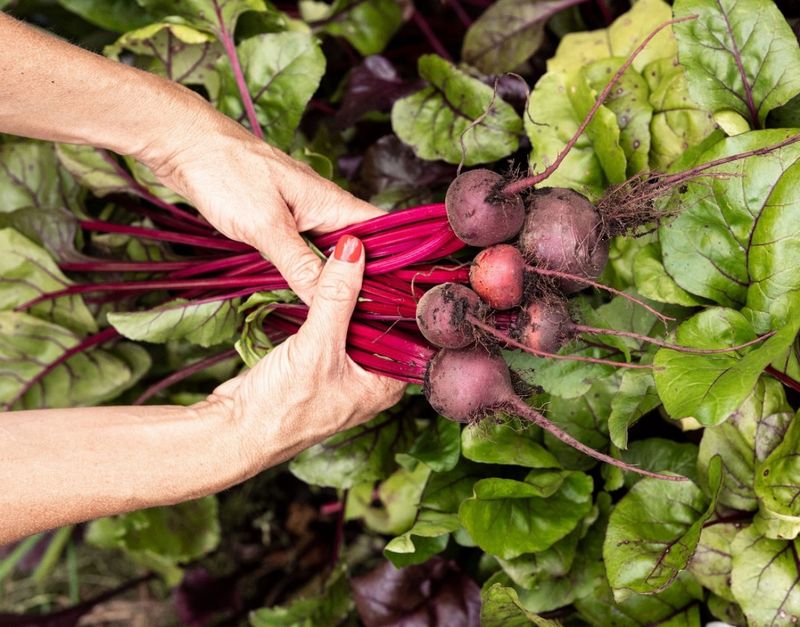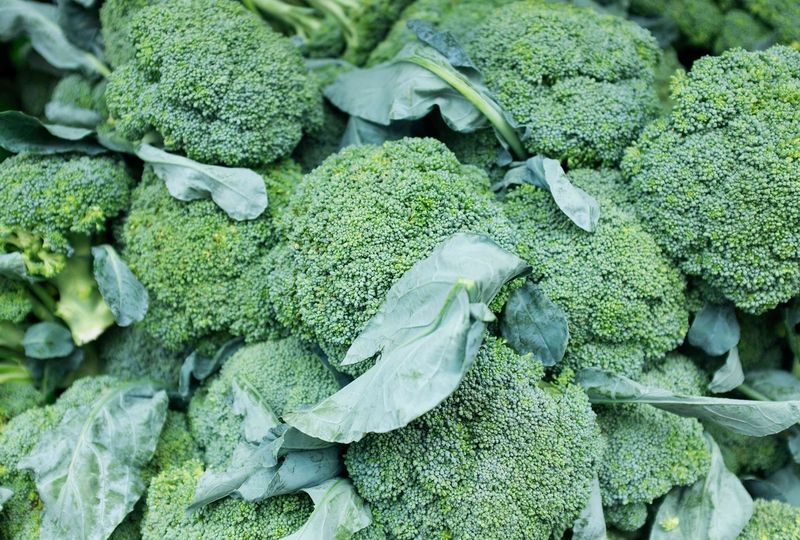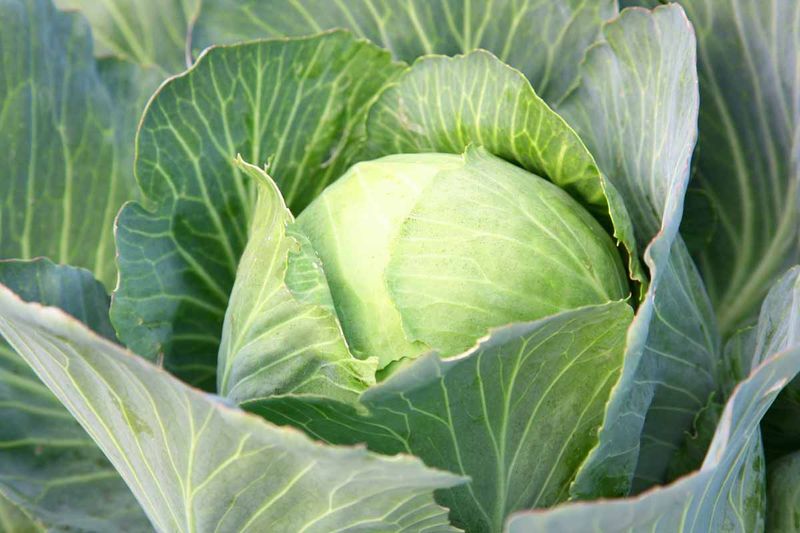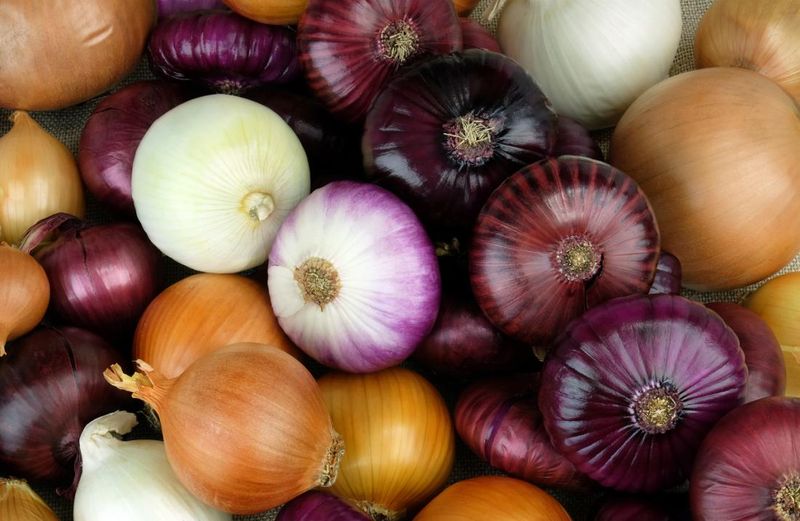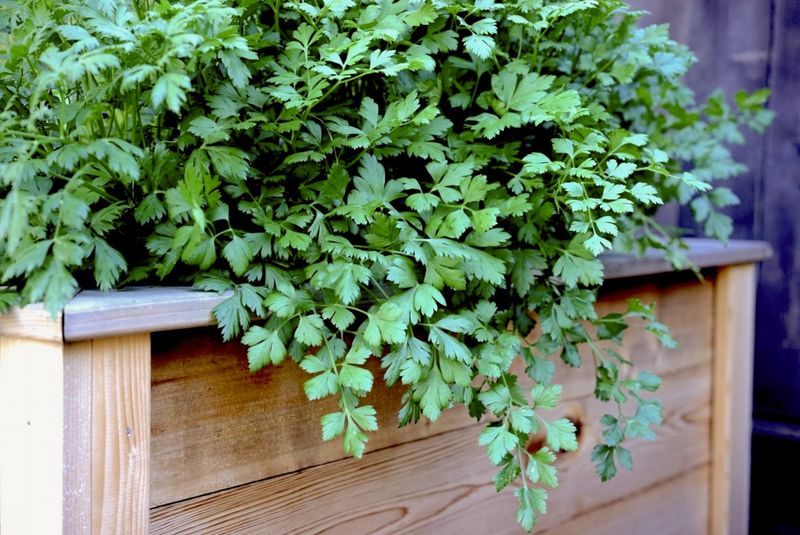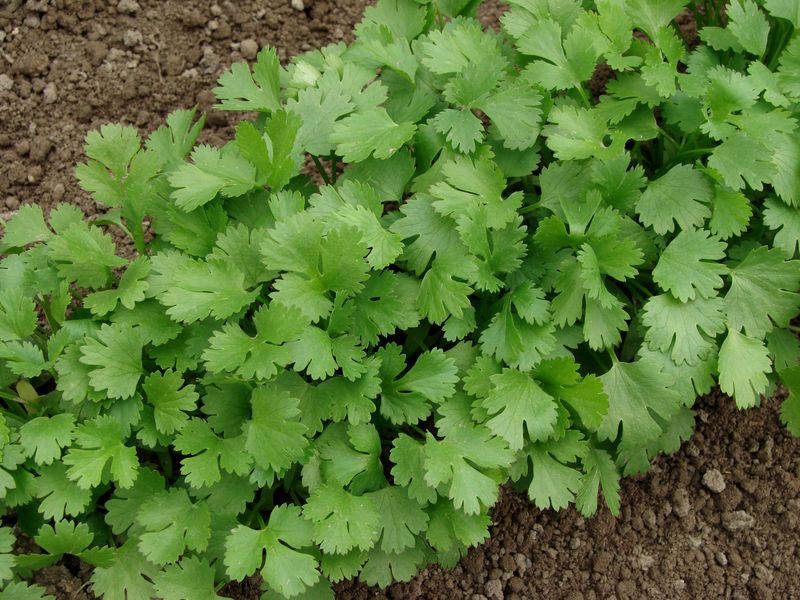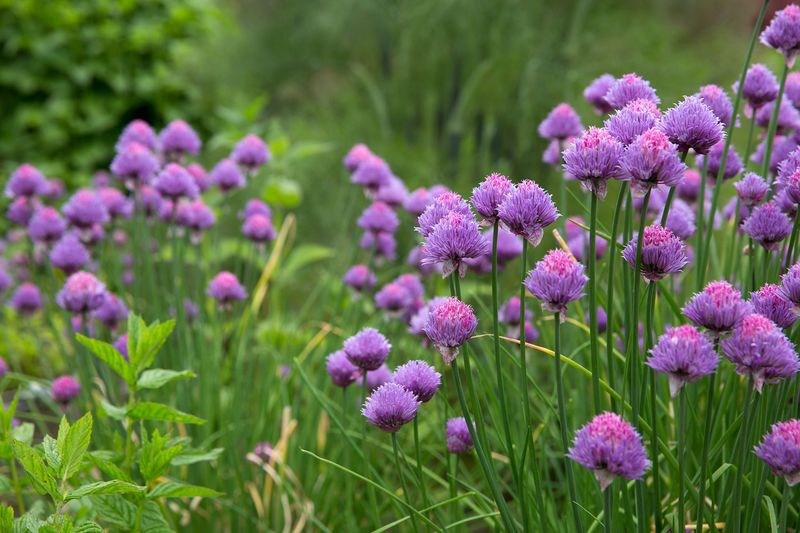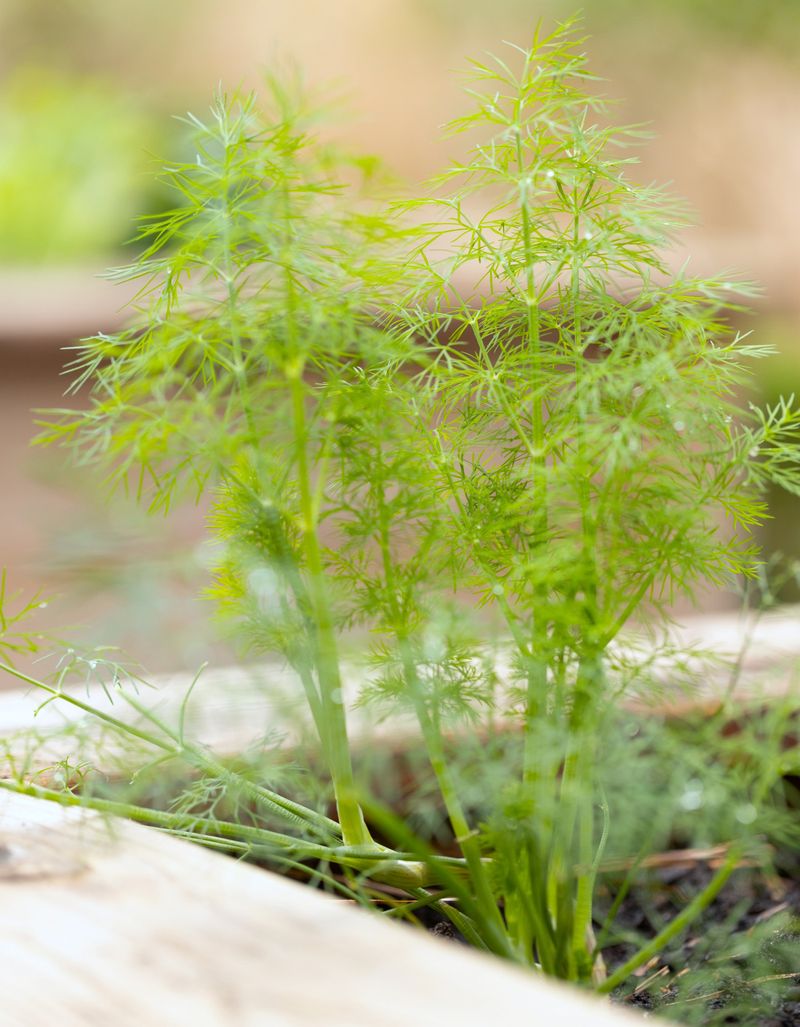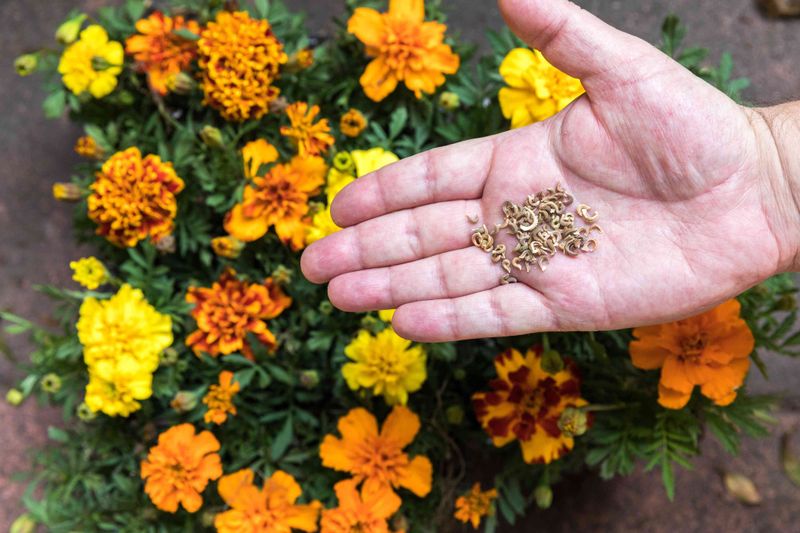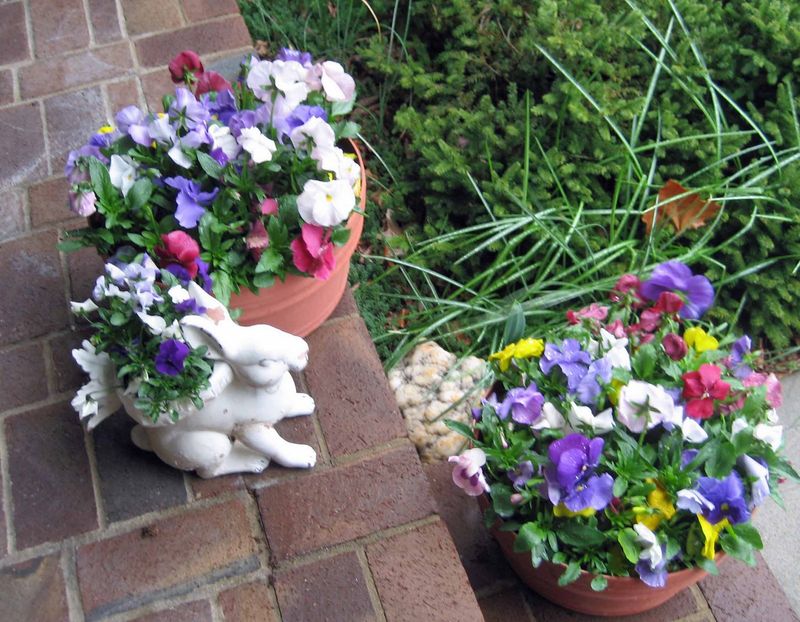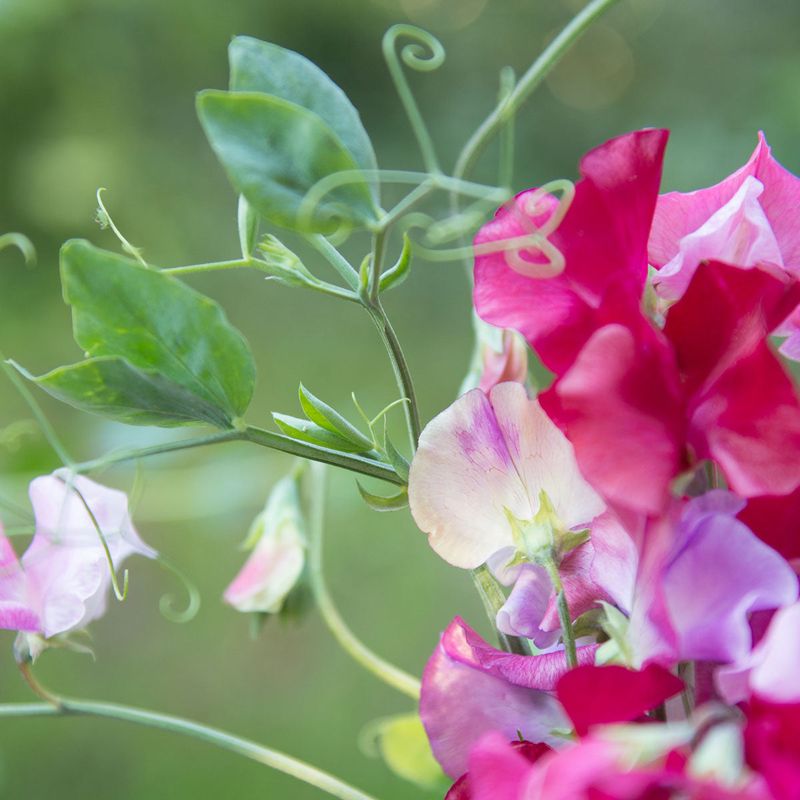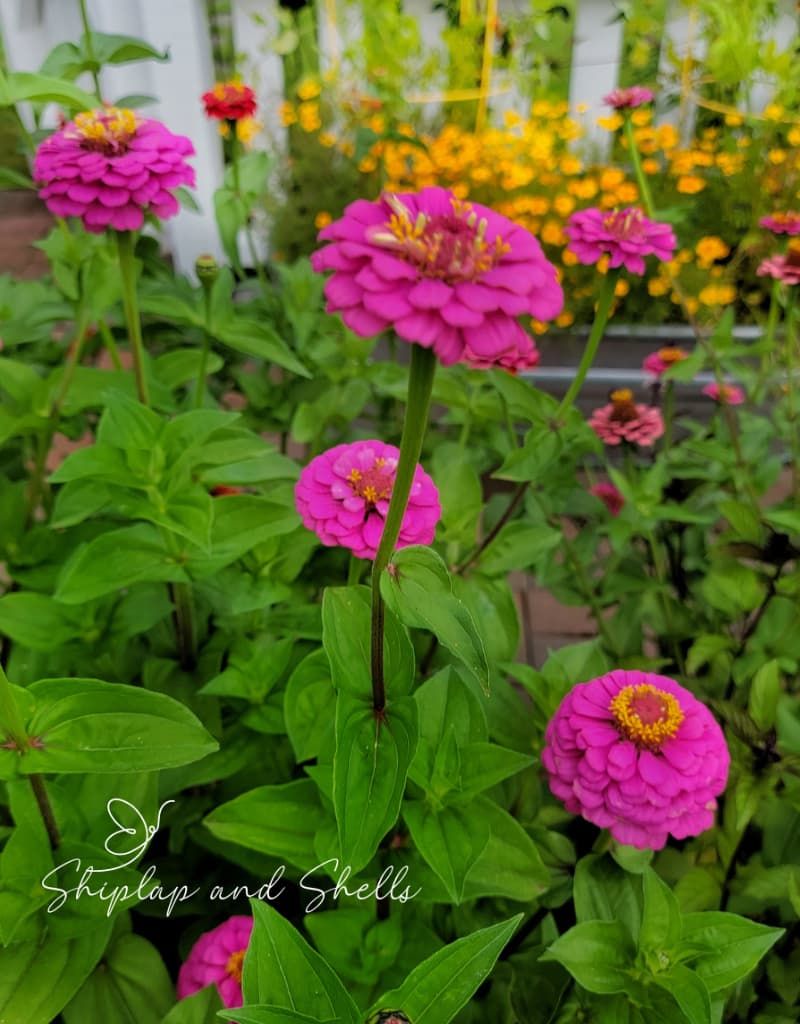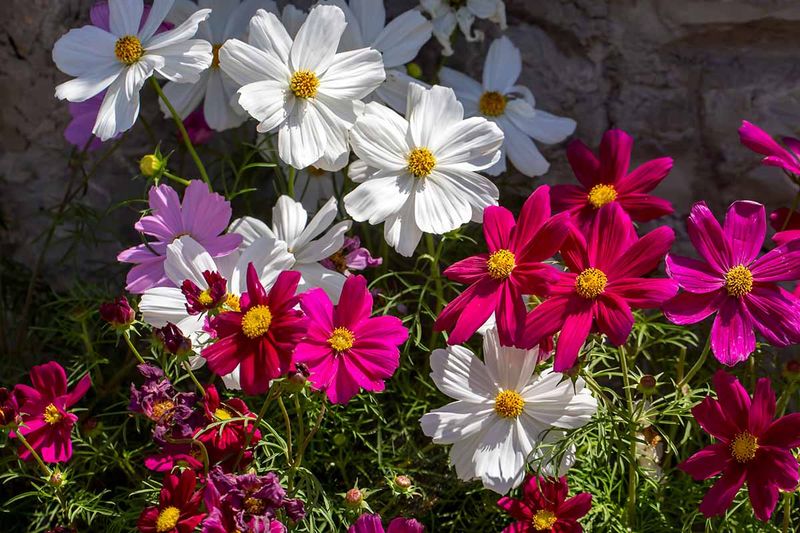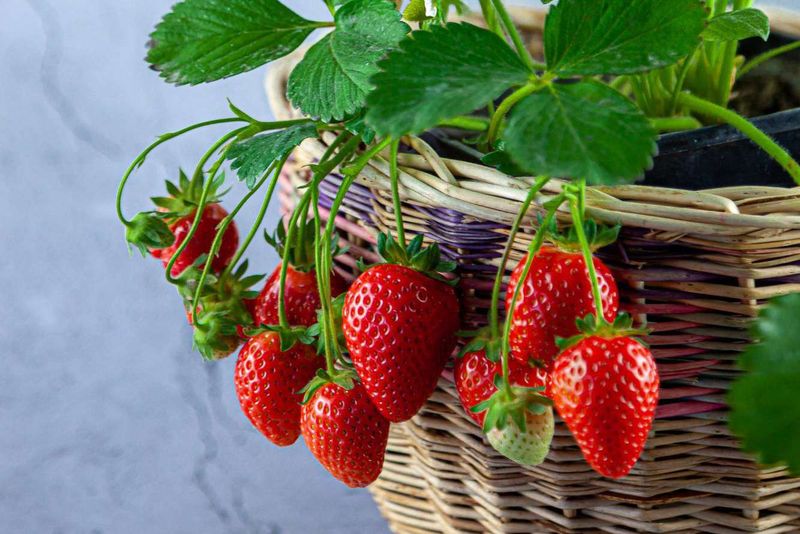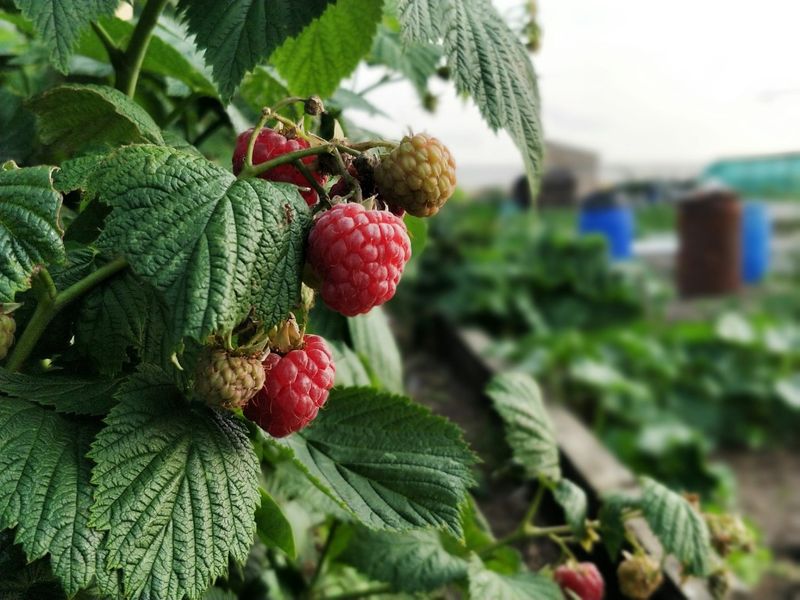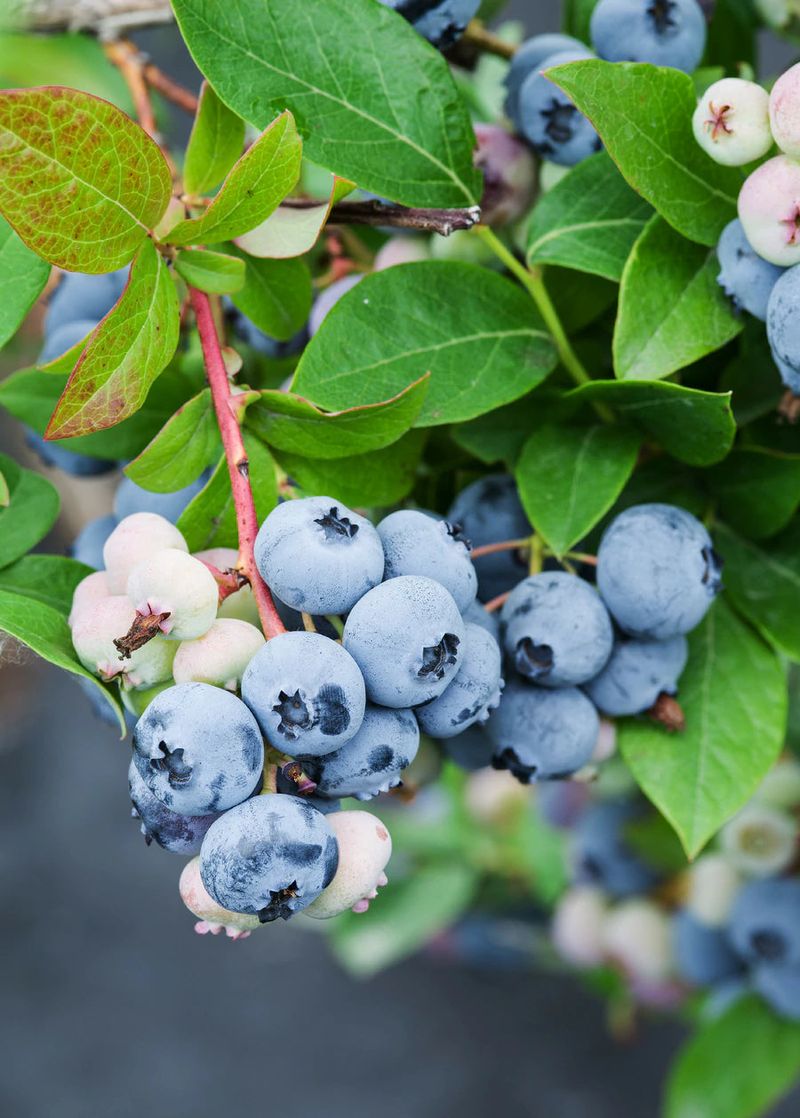Spring is a wonderful time to rejuvenate your garden with fresh and vibrant plants. This guide will help you sow the seeds of success with a variety of vegetables, herbs, and flowers that thrive in the cool, fresh conditions of spring.
Whether you’re a seasoned gardener or a beginner, planting these 22 items will bring color and productivity to your garden. Get ready to enjoy a lush and lively garden that will flourish throughout the spring and summer seasons.
1. Lettuce
Lettuce is a fast-growing crop, perfect for early spring planting. Its tender leaves thrive in the cool weather, offering a crisp and refreshing addition to any salad. Plant diverse varieties for a mix of textures and flavors.
Regular watering ensures steady growth, while spacing them adequately prevents overcrowding. In just a few weeks, you’ll be harvesting your own fresh leaves. Lettuce also makes a great companion plant, helping deter pests from neighboring crops.
Its versatility in dishes makes it a must-have in any garden. Start sowing as soon as the soil is workable.
2. Carrots
Carrots are best sown directly into the soil for a sweet summer harvest. Choose a sunny spot with loose, well-drained soil for optimal growth. Carrots need consistent moisture, so be sure to water them regularly, especially during dry spells.
As they mature, thin the seedlings to allow room for the roots to expand. This prevents overcrowding and ensures better growth. The reward is crunchy, sweet roots perfect for snacking or cooking.
Carrots can also be stored for long periods, providing nutritious options even after the harvest season ends. Enjoy fresh, garden-grown carrots all summer!
3. Radishes
Radishes are quick-growing and perfect for succession planting. They thrive in cooler spring temperatures, providing a peppery crunch to salads and dishes. Sow seeds directly into the soil, spacing them appropriately to avoid crowding.
Within weeks, you’ll see vibrant red bulbs ready to harvest. Radishes are excellent for beginner gardeners, as they require minimal care. Regular watering is key to preventing them from becoming too spicy.
Their rapid growth allows for multiple harvests in a single season, making them a rewarding choice. Radishes also help break up the soil, improving garden conditions.
4. Spinach
Spinach loves the cool spring weather and is a nutritious addition to your garden. Its dark, leafy greens are packed with vitamins and minerals, perfect for salads and cooking.
Sow seeds directly into the soil, ensuring they’re spaced well to promote airflow. Regular watering keeps the leaves tender and prevents bolting. Harvest the outer leaves first for continuous growth.
Spinach is also a great companion to other spring crops, helping deter pests naturally. Its fast growth and nutritional benefits make it a staple in any spring garden. Enjoy fresh spinach as soon as it matures.
5. Peas
Peas, including snap, snow, and shelling varieties, thrive in the cool temperatures of spring. These climbing plants benefit from a supportive trellis or netting. Sow seeds directly into the soil, ensuring they have plenty of sunlight and water.
Peas enrich the soil with nitrogen, making them great companion plants. Their sweet pods can be eaten fresh or cooked, providing a delightful taste of spring. Regular harvesting encourages more pod production, keeping your garden productive.
Peas’ vibrant green vines add visual interest to the garden, while their easy care makes them ideal for all gardeners.
6. Beets
Beets are a nutritious root vegetable that can be sown early in spring for tender, flavorful roots. Select a sunny spot with well-drained soil and sow seeds directly into the earth. Beets prefer cooler temperatures, making spring an ideal time for planting.
Thin seedlings to allow roots to develop fully, and keep the soil consistently moist. Harvesting when beets are small ensures maximum sweetness and tenderness. Both the roots and greens are edible, offering versatility in the kitchen.
Beets add vibrant color to your garden and are packed with essential nutrients, making them a valuable addition.
7. Broccoli
Broccoli is a hardy vegetable that should be started early in the season for best results. Its robust heads thrive in cool weather, making spring an ideal time for planting. Start seeds indoors or directly sow in the garden, providing plenty of sunlight.
Broccoli requires regular watering to develop strong heads. Thin seedlings to prevent overcrowding and promote healthy growth. Once mature, the heads can be harvested and enjoyed steamed, roasted, or raw.
Broccoli is rich in vitamins and minerals, making it a nutritious addition to your diet. Enjoy this garden staple throughout the season.
8. Cabbage
Cabbage prefers cool temperatures and matures before the summer heat sets in. Its tightly packed leaves form a dense head appreciated in many dishes. Start seeds early, either indoors or directly in the garden.
Provide consistent moisture and sunlight for optimal growth. Space plants well to allow the heads to develop fully. Cabbage is a versatile vegetable, enjoyed fresh, fermented, or cooked. Its hardy nature makes it an excellent choice for early spring planting.
Rich in nutrients, cabbage adds flavor and substance to your meals. Harvest when heads are firm and full for best results.
9. Onions
Onions are a versatile vegetable that can be planted from sets or seeds for a summer harvest. They thrive in a sunny location with well-drained soil. Onions require consistent watering, especially during dry spells, to develop large, flavorful bulbs.
Starting them early in spring allows ample time for growth before the intense heat of summer. As they mature, thin seedlings to provide space for bulb expansion.
Onions add depth and flavor to a variety of dishes, making them invaluable in the kitchen. Enjoy fresh onions all summer long with this simple addition to your garden.
10. Parsley
Parsley, though slow to germinate, thrives in the cool spring weather. This versatile herb is perfect for garnishing and flavoring a variety of dishes. Sow seeds directly into the soil or start indoors, ensuring adequate sunlight and moisture.
Parsley benefits from regular harvesting, which promotes bushy growth. Its fresh taste and vibrant green color enhance culinary creations. Parsley also attracts beneficial insects, making it a valuable companion plant.
Whether used fresh or dried, this herb is a must-have in any garden. Start your parsley early in spring for a bountiful supply throughout the season.
11. Cilantro
Cilantro prefers cooler weather and tends to bolt in summer, making spring the perfect time to plant. Its fresh, citrusy flavor is a staple in many cuisines. Sow seeds directly into well-drained soil, ensuring plenty of sunlight and moisture.
Regular harvesting prevents bolting and encourages more growth. Cilantro’s leaves and seeds (coriander) are both useful, adding versatility to your dishes. This herb is also known for attracting beneficial insects, enhancing your garden’s ecosystem.
Cilantro’s short growing season means you can enjoy multiple harvests. Its unique flavor makes it a favorite among gardeners and chefs alike.
12. Chives
Chives are hardy perennials perfect for early spring planting. Their mild onion flavor enhances a variety of dishes, from salads to soups. Sow seeds or plant divisions in well-drained soil with plenty of sunlight.
Chives require minimal care, making them ideal for beginner gardeners. Regular harvesting encourages new growth and prevents bolting. Their purple flowers add beauty to the garden and attract pollinators.
Chives make excellent companion plants, repelling pests from nearby crops. Enjoy fresh chives throughout the growing season with this easy-to-grow herb. Their versatility and flavor make them a garden favorite.
13. Dill
Dill is a fragrant herb that adds fresh flavor to dishes and attracts pollinators. Plant seeds directly into the soil in a sunny location, ensuring consistent moisture. Dill’s feathery foliage provides a lovely texture to the garden.
It’s an excellent companion plant, benefiting crops like cucumbers and tomatoes. Regularly harvesting the leaves encourages bushy growth. Dill is known for its use in pickling, but its fresh leaves can enhance salads and fish dishes.
Its tall stems and yellow flowers add visual interest to any garden. Enjoy the delightful flavor of dill all season long.
14. Marigolds
Marigolds are easy to grow and excellent for pest control. Their bright blooms add vibrant color to any garden, attracting beneficial insects while deterring pests. Sow seeds directly into well-drained soil in a sunny spot.
Marigolds require minimal care and thrive in various conditions. Regular deadheading promotes continuous blooming. These flowers are perfect for borders, adding a splash of color and protection to your garden.
Marigolds’ versatility and hardiness make them a popular choice for gardeners. Enjoy their cheerful presence and natural pest-repelling qualities throughout the growing season. They’re a beautiful and practical addition.
15. Pansies
Pansies are cold-tolerant flowers perfect for adding early color to your garden. Their cheerful blooms come in a variety of colors, brightening up any space. Plant them in well-drained soil with plenty of sunlight for best results.
Pansies require regular watering to thrive, especially in dry conditions. Their compact size makes them ideal for borders and containers. Pansies’ hardiness allows them to withstand cooler temperatures, making them an excellent choice for early spring planting.
Enjoy their vibrant colors and delicate patterns as they bloom throughout the season. They’re a lovely addition to any garden.
16. Sweet Peas
Sweet peas are fragrant and beautiful climbers, perfect for adding height and color to your garden. Plant seeds directly into the soil near a support structure, such as a trellis or fence.
Their delicate blooms come in a range of pastel shades, offering a sweet scent that fills the air. Sweet peas require regular watering and deadheading to encourage continuous blooming. They’re ideal for cutting gardens, providing lovely bouquets.
These flowers thrive in the cool spring weather, making them a perfect choice for early planting. Enjoy their enchanting fragrance and beauty all season.
17. Zinnias
Zinnias are bright, cheerful blooms that last all summer long. Their vibrant colors and diverse forms make them a standout in any garden. Plant seeds directly into well-drained soil in a sunny location.
Zinnias require minimal care and are drought-tolerant, making them ideal for busy gardeners. Regular deadheading promotes new blooms and prolongs flowering. They’re excellent for borders, providing a burst of color that attracts pollinators.
Zinnias’ long-lasting flowers are also perfect for cutting, offering beautiful arrangements. Enjoy their lively presence throughout the growing season, adding joy and color to your garden.
18. Cosmos
Cosmos are delicate, airy flowers that attract bees and butterflies, adding movement and beauty to your garden. Sow seeds directly into well-drained soil in a sunny spot. These flowers thrive in warm weather, requiring minimal care.
Cosmos are excellent for borders and wildflower gardens, providing a natural, flowing appearance. Their tall stems and delicate blooms make them perfect for cutting gardens, offering graceful arrangements.
Regular deadheading encourages continued blooming. Enjoy the gentle sway of cosmos flowers as they dance in the breeze. Their charm and ease of growth make them a favorite among gardeners.
19. Sunflowers
Sunflowers are tall, dramatic blooms that brighten any garden. Their cheerful faces follow the sun, adding dynamic beauty to your space. Plant seeds directly into well-drained soil in a sunny location.
Sunflowers are hardy and require minimal care, thriving even in poor soil. Their large, vibrant blooms attract pollinators and make excellent cut flowers. Sunflowers also provide seeds that can be harvested and enjoyed.
These towering plants add height and interest to your garden, creating a stunning focal point. Enjoy the radiant beauty of sunflowers throughout the growing season, bringing joy and color.
20. Strawberries
Strawberries are a sweet and rewarding crop to plant in early spring for a summer harvest. Choose a sunny spot with well-drained soil and plant young plants or runners. Regular watering and mulching help retain moisture and prevent weeds.
Strawberries are perfect for beds or containers, offering fresh, juicy fruit all season. Protect the ripe berries with netting to deter birds and pests. Enjoy the satisfaction of picking your own strawberries and savoring their sweet flavor.
These plants also produce runners, allowing you to expand your strawberry patch over time. They’re a delicious treat for any gardener.
21. Raspberries
Raspberries are hardy and productive, best planted early in spring. Choose a sunny location with well-drained soil to establish the bushes. Regular pruning maintains plant health and encourages fruit production.
Raspberries require consistent watering, especially during dry spells. Their sweet, juicy berries are perfect for eating fresh or preserving. These perennial plants provide bountiful harvests year after year.
Protect berries from birds with netting as they ripen. Enjoy the rich flavor of homegrown raspberries throughout the summer. With proper care, raspberries are a rewarding addition to any garden, offering delicious fruit and attractive foliage.
22. Blueberries
Blueberries thrive in acidic soil and provide years of harvests. Plant these bushes in a sunny spot with well-drained, acidic soil. Regular watering and mulching help retain moisture and promote healthy growth.
Blueberries require patience, as they take a few years to mature but are worth the wait. Their sweet, plump berries are perfect for fresh eating or preserving. These bushes also provide beautiful foliage, adding seasonal interest to your garden.
Protect berries from birds with netting as they ripen. Enjoy bountiful harvests of blueberries for many years, offering a delicious and healthy addition to your garden.
